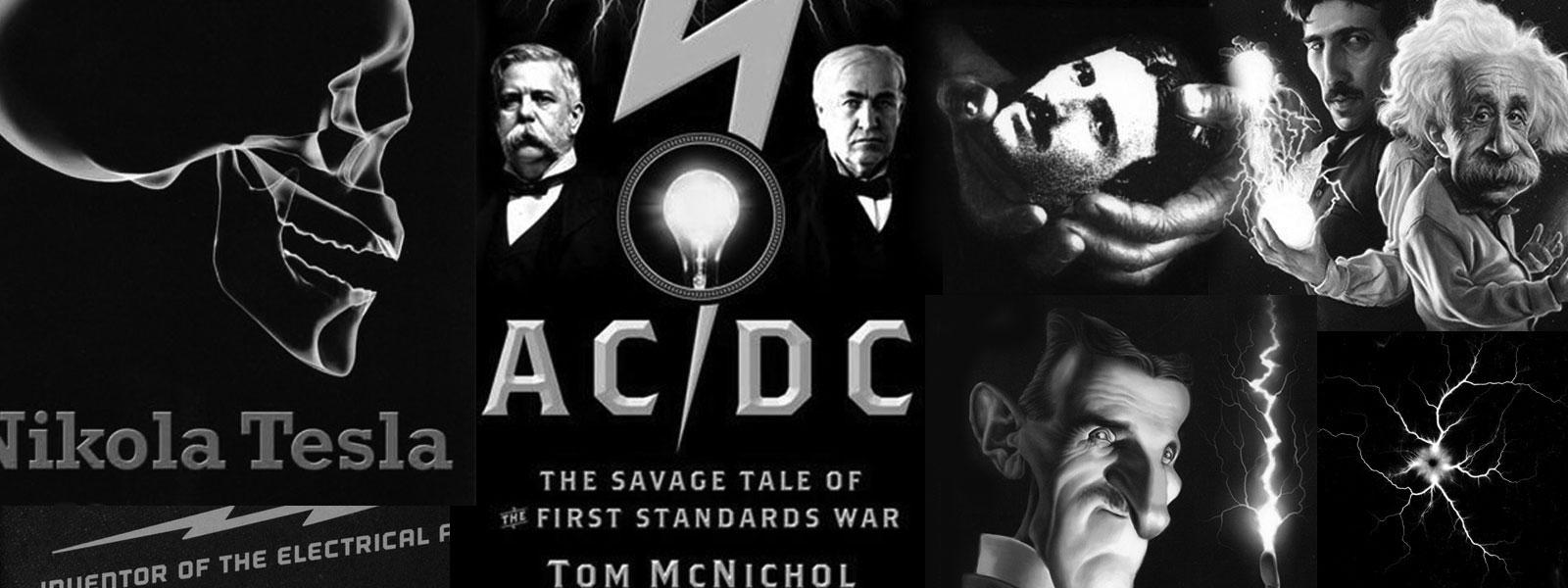V. View of interior much the same as in II. The secondary and various coils placed inside, particularly the central âextra coilâ, are resonating. The latter is connected to a point of the first secondary turn about 3/4 turns from ground connection, nevertheless the streamers are powerful. Other coils are connected to the same point while a ball 30" on a stand and a coil on a stand are connected to the last turn of secondary. Strong sparks were passing from top to bottom of extra coil and the secondary last turn shows strong streamers. About 100 short flashes or throws of switch and afterwards an exposure of 15 minutes to ordinary arc lamp placed in corner of building for the purpose of photography. The arc light is much preferable to flash light as the time can be closely determined in each case. The isochromatic plate is decidedly better. In this plate there is a red dye used in coloring the plate, otherwise it is the same as the Cramer âCrownâ. The plate used was âinstantaneous Cramer isochromaticâ, same size as those before. This observation suggests a line of experiment which might lead to useful results. It would consist in using plates each dyed with a different color to bring out specific effects. The vibrations of the system was the normal or nearly so as recorded in previous notes.
VI. View of âextra coilâ excited as normally. A bare brass ring formed of tube 3/4" diam. is placed on top. The switch is thrown in once and held about 3 seconds. The roof has been slightly opened and also the door in front to create a draught. The effect of the latter is noted easily on the separation of the individual discharges. This feature is particularly noticeable on sparks passing to the hood carried by the structure of iron pipes repeatedly described. These sparks pass in curious ways preferring frequently a long path to a short one. This is peculiar to these discharges of high tension emanating from a single free terminal. Some streamers are broken in places to continue stronger afterwards. From end to end of the longest streamers about 50 - 55 feet in a straight line. This photograph is extremely beautiful on account of the character as well as arrangement of the streamers. The extra coil is excited as normally but not quite full power. The vibration is as previously recorded.
The same kind of plate as before was used and the exposure to arc light was 15 minutes, about half light cut off.
VII. View of âextra coilâ in action. Wires slightly inclined to the ground, to prevent discharge from going to roof, were fastened at small distances to brass ring on top of coil. Thus a great amount of streamers was produced and they were necessarily weaker individually. The plate illustrates well this feature as is evident from the hairlike appearance of the streamers. Individual sparks passing to ground sometimes are strong. It is peculiar that discharge will break out more strongly on some wire and then keep on the same place until broken by draught created or otherwise. The path is, however, evidently accidental depending probably on the arrangement of particles floating in the air. This photograph is very beautiful and symmetrical. The length of the streamers is about the same as in preceding case. The vibration of âextra coilâ system about normal only slightly modified by the wires attached to brass ring. Some streamers, curious to note when striking the ground and thus becoming sparks or spark discharges more brilliant in color, appeared thicker on bottom than on the point of origin. I believe I have recorded this phenomenon some time before. It may, on the plate, appear that the streamer or spark is thicker farther away from the origin without necessarily being so. This is simply caused by the end or lower part of the streamer being closer to the camera than the origin. But the eye is not deceived in this respect and the phenomenon may be frequently noted so that its existence is beyond doubt. This may be explained by assuming a volatilization of the
329


